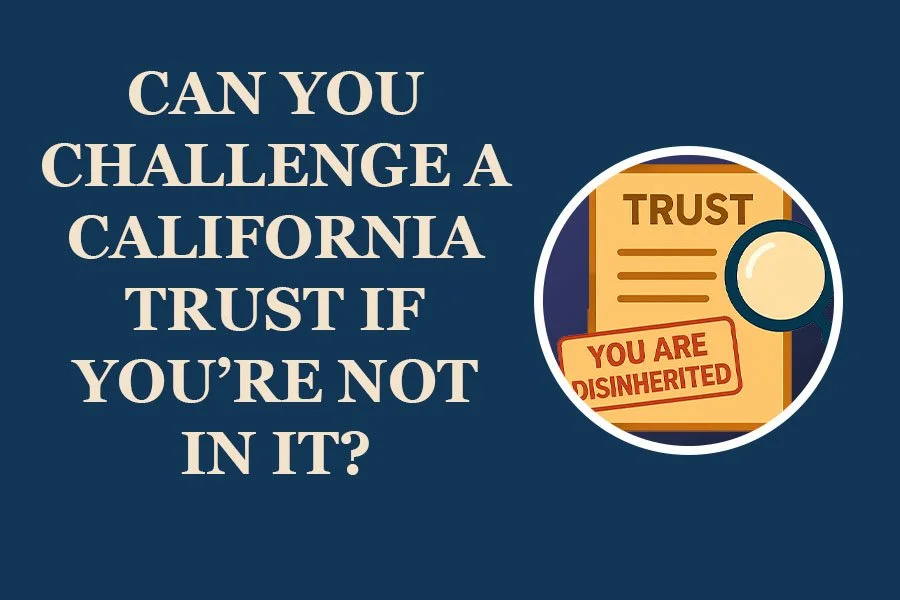What is a SWOT Analysis?
No business can survive without formulating a strategy. Strategy formulation is the analysis of an organization's current situation followed by the development of strategies in order to accomplish its mission and achieve its goals. This begs the question, where to start?
A SWOT Analysis is typically the first step in strategy formulation at any level. A SWOT Analysis will come first before we turn to corporate, business, and functional-level strategies (which we’ll cover in their own posts). Based upon the outcome of the SWOT Analysis, owners and managers select the corporate, business and functional-level strategies that will best help the organization reach its goals. However, what exactly is a SWOT Analysis?
To break it down, A SWOT Analysis is, “A planning exercise in which managers identify organizational Strengths, Weaknesses, environmental Opportunities, and Threats.”[1] With this, the first step of the analysis is to determine the strengths and weaknesses of an organization. The items identified in each section, should characterize the current state of the organization.
Examples of questions to ask when trying to identify Strengths:
Do we have a well-developed strategy?
Do we have a strong product line?
How effective is our marketing materials?
Examples of questions to ask when trying to identify Weaknesses:
Has our current strategy been developed poorly?
Is our product line obsolete or too narrowly focused?
Do we have adequate human resources or a weak corporate culture?
The next step entails the identification of potential opportunities and threats in the environment that affect the organization presently, or that may affect it in the future.
Examples of questions to ask when trying to identify Opportunities:
Can we expand our core business?
Can we widen our product range or exploit a new market segment?
Can we reduce rivalry among competitors?
Examples of questions to ask when trying to identify Threats:
Is there an increase in competition both domestic and foreign?
Has there been a change in consumer tastes?
Has there been a rise in new or substitute products?
With strengths, weaknesses, opportunities and threats identified, the SWOT analysis is completed and managers can begin the planning process, and determine strategies for achieving the organization's missions and goals. The resulting strategy should enable the organization to attain its goals by taking advantage of opportunities, countering threats, building strengths, and correcting organizational weaknesses.
More information on SWOT Analyses:
Queensland Government
Mind Tools
Community Tools Box
[1] Jones, G. R., & George, J. M. (2006). Contemporary management. New York: McGraw-Hill/Irwin.



